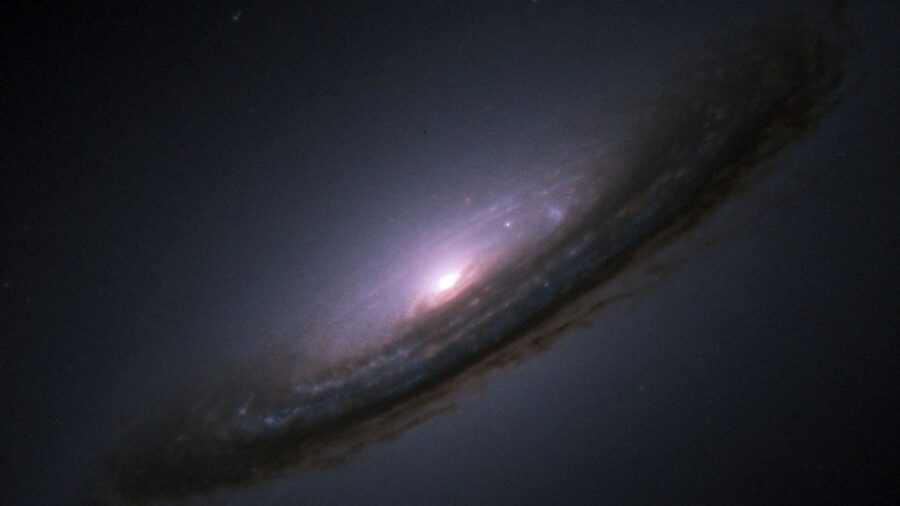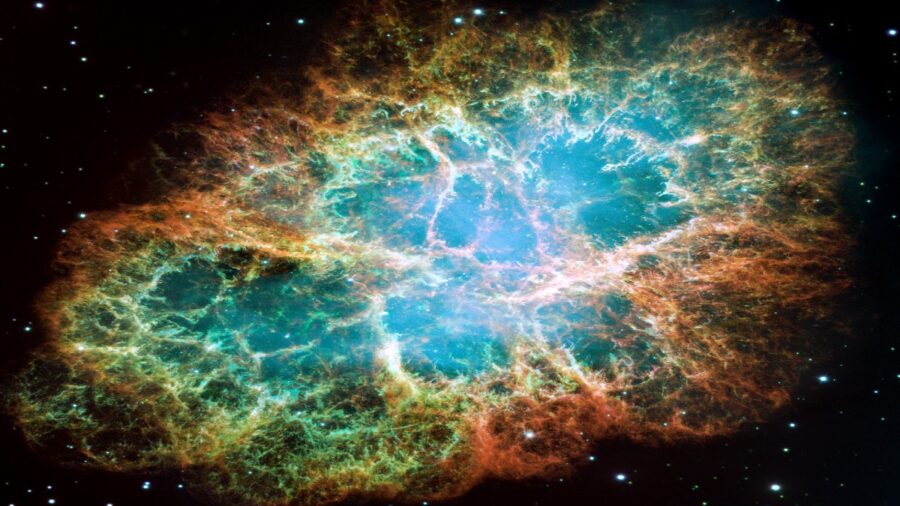Scientists Found A Star Transforming Into The Universe’s Biggest Diamond
A dying star can be seen transforming into the universe's biggest diamond.

The universe is about to shine bright like a diamond, like a really big cosmic diamond, according to new research from Cornell University. A dying star lovingly named HD 190412 C is running out of fuel now that it’s 4.2 billion years old, causing it to cool down and crystallize its carbon and oxygen, which will turn it into a space diamond. As far as an afterlifes goes, this star is going to have a pretty bright one.
Unfortunately, us earthlings are not able to see this dying star with our naked eyes since it is roughly 104 light years away. Since one light year is approximately six trillion miles away, we’ll let you do the math to understand just how far away HD 190412 C is from Earth. This means the astrophysicists at Cornell either have some seriously powerful telescopes, or they’re sending the Guardians of the Galaxy out to do this research for them.
When it comes to a traditional diamond, scientists speculate that the sparkling stone can take anywhere from one billion to three billion years to properly form. That may seem like a long time, but dying star HD 190412 C will take about a quadrillion years (a million billion years) to turn into a diamond. Hopefully, there isn’t a princess out there waiting for this diamond to be used for a proposal.
This particular dying star is categorized as a white dwarf star, meaning it’s a very dense star that has run out of its nuclear fuel. While more massive stars will burst into a supernova or become a black hole when they die, a white dwarf crystallizes and becomes a diamond. Our Sun will eventually become a white dwarf star when it runs out of fuel in about six billion years when mankind will most likely be long gone.

Researchers have been studying this particular dying star to learn more about the crystallization process and to see if their hypotheses are correct. So far, they have found that 22Ne phase separation (the separation between two liquids or solids) is, in fact, responsible for the cooling delay of these stars. Much more research is needed to be done to learn more about the crystallization process.
While one may imagine a bunch of giant diamonds floating around in space, this won’t be happening any time soon. The dying star currently being watched will supposedly be one of the first diamonds in space because the crystallization process is set to take an incredibly long time. Since our universe has only been around for 13.8 billion years, it makes sense that we won’t see lots of cosmic diamonds floating around for another few billion years.
The researchers from Cornell University shared their new data about this dying star on arXivLabs, an open-access archive for scholarly articles about physics, mathematics, computer science, quantitative biology, and other important work. The service is free and open to anyone who wants to learn more about the fascinating work at Cornell.












